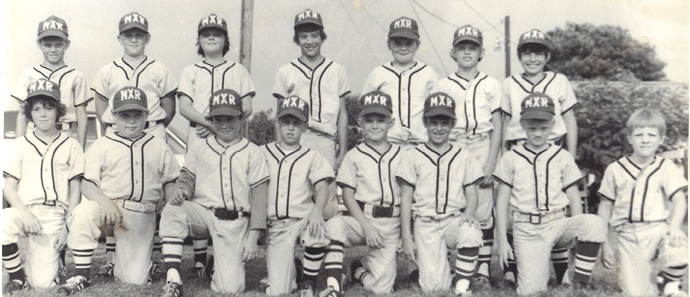|
The #1 Change In Baseball Over The Last 40+ Years and How it Affects You by Doug Besherse When I started we did not use aluminum bats,. Our gloves were better than the older ones but not advanced or dictated by the position we played (other than the catcher). The uniforms we wore were made out of heavy material and as best I remember were always gray or off white colored. If we were lucky we could watch one MLB game per week and that was the only baseball on TV. I only mention all those things to give my perspective. When you look around today the equipment and apparel, compared to that era, are so much more advanced. The new stuff is nice and works better but it really has not changed baseball all that much. The #1 change in baseball over the last 40+ years is the advancement in information technology, how we gather information and how we use it. Let me explain. If you watch the Little League World Series you will see 11 and 12 year old players who are using high level, advanced techniques that less than 20 years ago would have only been used by players twice their age. Information technology brought about this change by allowing coaches and players open access to information that before had existed but was hard to obtain. Today there are several baseball games on everyday. Depending on the time of year you can watch anything from 10 year olds to MLB and every level in between. Add to that the baseball analysis shows and player interviews now TV is a 24/7 class room for baseball students. Then there is the internet and everything that goes with it . The high level information players and coaches have available is truly endless and overall that’s a good thing. The Bad News As a Player? If you want to play for any length of time, advancing from age group to age group, you have to keep up. One of the most advanced things technology has brought to baseball is the electronic strike zone outline shown suspended over home plate during a televised game. It shows exactly where the ball is as it crosses home plate. This was one of the final factors in the creation of The Strike Plate® pitching target and trainer.    When you watch/study a game with the electronic strike zone two things become very apparent.
Recently I watched a MLB game where LA Dodgers pitcher Zack Greinke, pitch after pitch, put the ball perfectly in the lower corner of the strike zone which was represented by the electronic box shown on the screen. Then occasionally he would put the ball in the upper corners of the box to keep the batters honest. Pitch after pitch the batters ended up with result #2 stated above. The Strike Plate® was created to teach pitchers how to precisely throw the ball to the corners of the strike zone, which is exactly what Zack Greinke was doing. It will work with any age pitcher but as with all things the sooner a pitcher starts training to precisely throw to the corners of the strike zone the better. Study a baseball game with the electronic strike zone box and see if what I am saying is not true. Always remember to Dream Big and Practice Hard with The Strike Plate®. My 10 year old team - 1974  |
